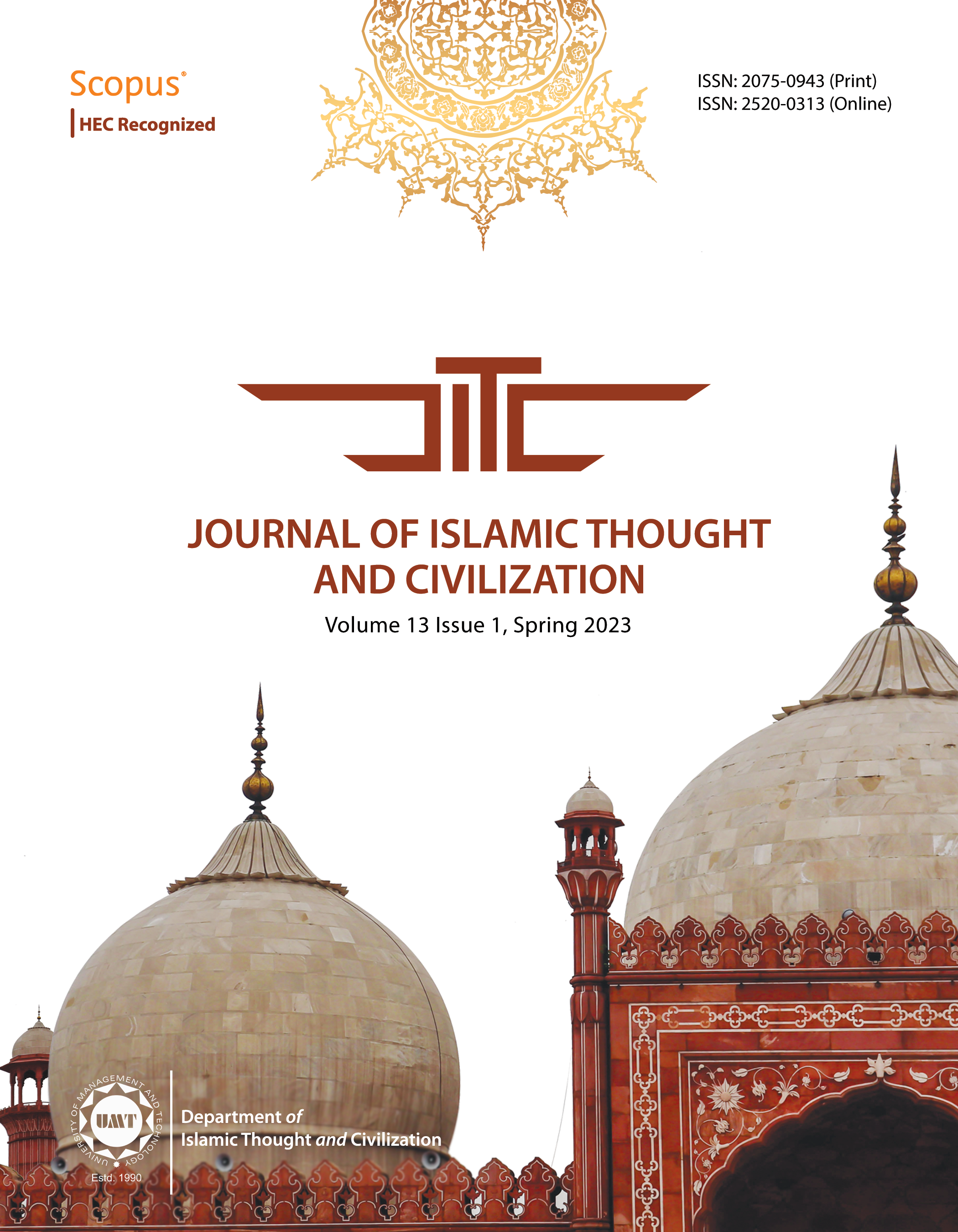Dark Side of the Web in the Context of Online Radicalization
Abstract
 Abstract Views: 120
Abstract Views: 120
Radicalization refers to the mental process that legitimizes violence or violent actions under the influence of social, cognitive and economic factors. With the advent of the Internet, radical groups have also changed their methods of action by adapting to the new conjuncture. The Internet is no longer just a part of the spectrum of extremist activities, however, it also become the primary arena and operational environment where political ideologies are shaped, attacks are planned and extraordinary social movements begin to emerge. Group members come together on online platforms to have discussions about faith and use these platforms to expand the spectrum of activism at both individual and organizational levels in order to spread their political ideologies, to recruit staff, and to plan attacks. In the current study, conceptual framework, individual and group dynamic causes of radicalization, metaphors explaining radicalization, religiously motivated radicalization, online radicalization and case examples are emphasized.
Downloads
References
Aydınalp, Halil. “İntihar Eylemlerinde Dinin Anlamı ve Sınırları.” [Meaning and Limits of Religion in Suicide]. M.Ü. İlahiyat FakültesiDergisi, 37 (2009): 129-146.
Behr, Ines von., Anais Reding, Charlie Edwards, Luke Gribbon. Radicalisation in the Digital Era the Use of the Internet in 15 Cases of Terrorism and Extremism. United Kingdom: RAND Corporation, 2013.
Bertsan, Doosje., and Fathali Moghaddam. “Terrorism, Radicalization and Deradicalization.” Current Opinion in Psychology 11 (2016). DOI: https://doi.org/10.1016/j.copsyc.2016.06.008
Charlie, Winter. Peter Neumann, Alexander Meleagrou-Hitchens, Magnus Ranstorp, Lorenzo Vidino, Johanna Fürst. “Online Extremism: Research Trends in Internet Activism, Radicalization, and Counter-Strategies.” International Journal of Conflict and Violence 14 (2) (2020): 8. Doi: 10.4119/ijcv-3809.
Clark, McCauley., and Sophia Moskalenko. “Mechanisms of Political Radicalization: Pathways toward Terrorism.” Terrorism and Political Violence. 20 (3) (2008): 415-433. Doi: 10.1080/09546550802073367 DOI: https://doi.org/10.1080/09546550802073367
Coolsaet, Rik. “What Drives Europeans to Syria, and to Is? Insights from the Belgian Case.” Egmont Papers 75 (2015): 6-33.
Crenshaw, Martha. “Questions to Be Answered, Research to Be Done, Knowledge to Be Applied.” In Walter Reich (Ed.), Origins of Terrorism: Psychologies, Ideologies, Theologies, States of Mind. Washington: Woodrow Wilson Center Press, 1990.
Esposito, John L. İslam Tehdidi Efsanesi. [The Myth of the Islamic Threat]. çev. Ömer Baldık, Ali Köse, Talip Küçükcan, İstanbul: Ufuk Kitapları, 2002.
Halverson, Jeffry R. and, Amy K. Way. “The Curious Case of Colleen Larose: Social Margins, New Media, and Online Radicalization.” SAGE Journals, 5 (2) (2012),
https://doi.org/10.1177/1750635212440917. DOI: https://doi.org/10.1177/1750635212440917
Horgan, John G., and Kurt Braddock. “Rehabilitating The Terrorists?: Challenges İn Assessing the Effectiveness of De-Radicalization Programs.” Political Violence 22 (2) (2010): 267-291. DOI: https://doi.org/10.1080/09546551003594748
Kleinmann, Scott Matthew. “Radicalization of Homegrown Sunni Militants İn the United States: Comparing Converts and Non-Converts.” Studies in Conflict and Terrorism 62(4) (2012): 283-286. DOI: https://doi.org/10.1080/1057610X.2012.656299
Kundnani, Arun., and Ben Hayes. The Globalisation of Countering Violent Extremism Policies Amsterdam: Transnational Institute Press, 2018.
Mastors, Elena. and Siers Rhea. “Omar Al-Hammami: A Case Study in Radicalization.” National Library of Medicine 32 (3), (2014): 377-88. Doi: 10.1002/bsl.2108. DOI: https://doi.org/10.1002/bsl.2108
Moghaddam, Fathali M. “The Staircase to Terrorism: A Psychological Exploration.” American Psychologist 60 (2) (2005): 161-170. DOI: https://doi.org/10.1037/0003-066X.60.2.161
Ranstorp, Magnus. “Introduction.” Understanding Violent Radicalization in Ranstorp Magnus (Ed.), Understanding Violent Radicalisation: Terrorist and Jihādist Movements in Europe. Routledge: 2010. DOI: https://doi.org/10.4324/9780203865743
Sageman, Mark. “A Strategy for Fighting International Islamist Terrorists.” The Annals of American Academy of Political and Social Science 618 (2008). DOI: https://doi.org/10.1177/0002716208317051
Sedgwick, Mark. “Al Qaeda and the Nature of Religious Terrorism.” Terrorism and Political Violence, 16 (4) (2004): 795-814. DOI: https://doi.org/10.1080/09546550590906098
Simona, Trip., H. C. Bora, M. Marian, A. Halmajan, and I. M. Drugas. “Psychological Mechanisms Involved in Radicalization and Extremism. A Rational Emotive Behavioral Conceptualization.” Frontiers in Psychology 10 (437), (2019): 1-8. Doi: 10.3389/fpsyg.2019.00437. DOI: https://doi.org/10.3389/fpsyg.2019.00437
Umam, Saiful. “Radikal Muslims in Indonesia: The case of Ja’far Umar Thalib and The Laskhar Jihaād.” Explanations in Southeast Asian Studies 6, no. 1 (2006): 1-16.
Weimann, Gabriel. New Terrorism and New Media. Washington DC: Wilson Center, 2014.
Wictorowicz, Quintan. Radical Islam Rising: Muslim Extremism in the West. Oxford: Rowman and Littlefield Publishers, 2005.
Wintrobe, Ronald. Rational Extremism the Political Economy of Radicalism. Cambridge University Press, 2006. DOI: https://doi.org/10.1017/CBO9780511511028
Copyright (c) 2023 Halide Erdoğan

This work is licensed under a Creative Commons Attribution 4.0 International License.

This work is licensed under a Creative Commons Attribution 4.0 International License. Authors retain copyright and grant the journal right of first publication with the work simultaneously licensed under a Creative Commons Attribution (CC-BY) 4.0 License that allows others to share the work with an acknowledgement of the work’s authorship and initial publication in this journal.








